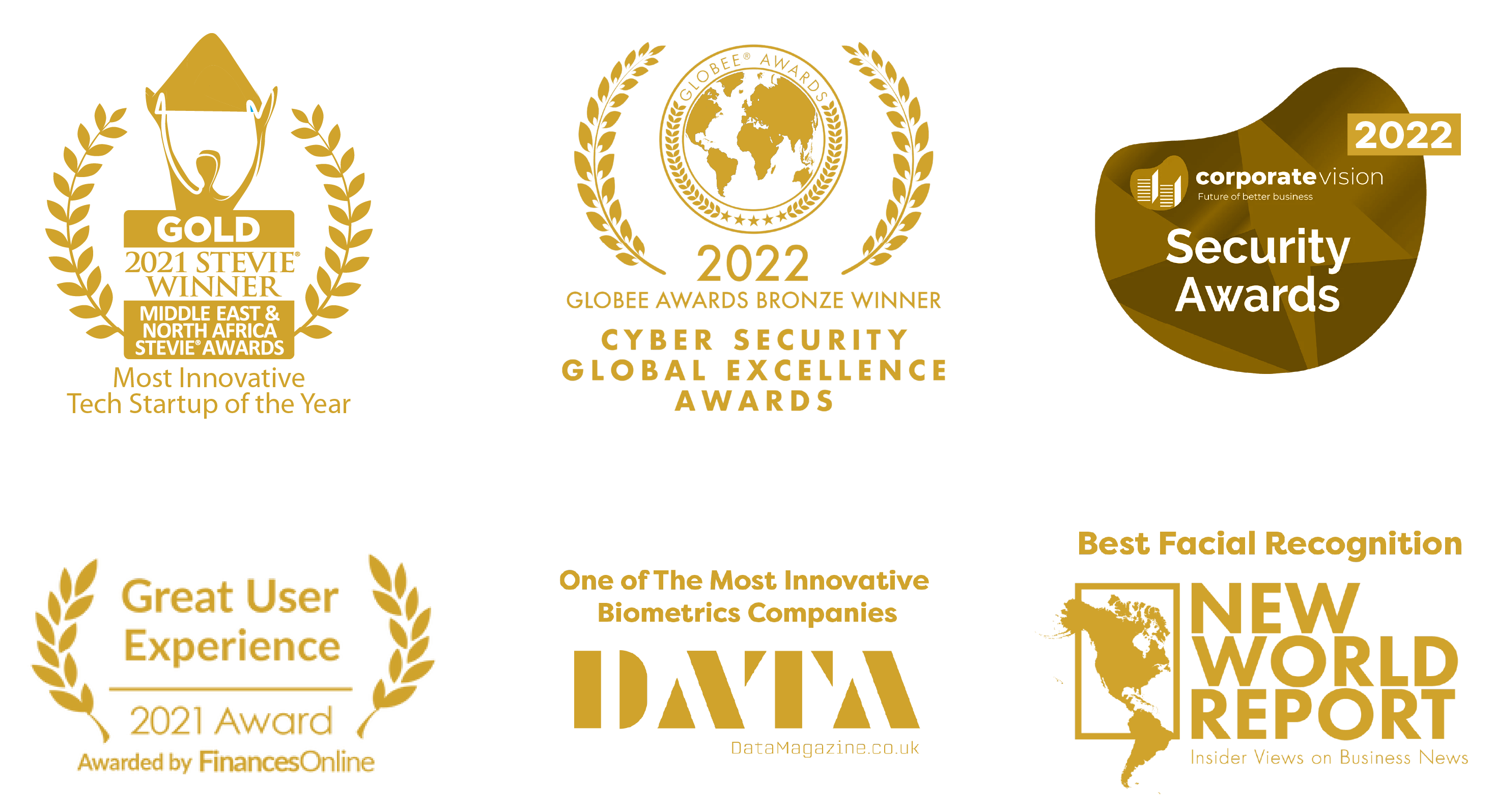Emerging Trends in Biometric Authentication Market
Access control is a critical aspect of ensuring the security and integrity of digital systems and sensitive information. Traditional methods, such as passwords or access cards, have limitations when it comes to verifying the identity of individuals. Biometric authentication, on the other hand, offers a more reliable and secure solution. This article explores the emerging trends in the biometric authentication market, highlighting advancements, applications, and future prospects.
Table of Contents
- Introduction: The Evolution of Biometric Authentication
- Rising Adoption of Mobile Biometrics
- Multimodal Biometrics: Enhancing Security and Convenience
- Biometric-as-a-Service (BaaS): Cloud-based Solutions
- Artificial Intelligence and Machine Learning in Biometrics
- Wearable Biometric Devices: Convenience and Versatility
- Biometrics in IoT and Smart Homes
- Privacy and Ethical Considerations in Biometric Authentication
- The Future of Biometric Authentication
- Conclusion
- Frequently Asked Questions (FAQs)
1. Introduction: The Evolution of Biometric Authentication
Biometric authentication has come a long way since its inception. It has evolved from being a niche technology to becoming a mainstream solution for access control and identity verification. The advancement in biometric sensors, algorithms, and computing power has paved the way for new trends in this field.
2. Rising Adoption of Mobile Biometrics
Mobile biometrics, such as fingerprint recognition and facial recognition, have gained significant traction in recent years. With the widespread use of smartphones and mobile devices, biometric authentication has become a convenient and secure method for unlocking devices, authorizing transactions, and accessing applications.
3. Multimodal Biometrics: Enhancing Security and Convenience
Multimodal biometrics combines two or more biometric modalities to enhance security and convenience. For example, using a combination of fingerprint and facial recognition for authentication offers a higher level of accuracy and makes it more difficult for unauthorized individuals to bypass the system.
4. Biometric-as-a-Service (BaaS): Cloud-based Solutions
Biometric-as-a-Service (BaaS) is a cloud-based model that allows organizations to utilize biometric authentication without the need for extensive infrastructure or hardware investments. BaaS solutions provide scalable and cost-effective options for implementing biometrics in various applications, such as identity verification and access control.
5. Artificial Intelligence and Machine Learning in Biometrics
Artificial Intelligence (AI) and Machine Learning (ML) techniques are revolutionizing the field of biometric authentication. These technologies enable systems to learn and adapt to individual users’ biometric patterns, improving accuracy and robustness. AI and ML also play a crucial role in detecting and preventing spoofing attacks, ensuring the integrity of biometric systems.
6. Wearable Biometric Devices: Convenience and Versatility
Wearable biometric devices, such as smartwatches and fitness trackers, have gained popularity among consumers. These devices incorporate biometric sensors, such as heart rate monitors or electrocardiograms, to provide continuous authentication and personalized experiences. Wearable biometrics offer convenience and versatility, extending beyond traditional access control applications.
7. Biometrics in IoT and Smart Homes
The Internet of Things (IoT) and smart home technologies are integrating biometric authentication for enhanced security and personalized experiences. Biometrics enable seamless and secure access to IoT devices and smart home features, ensuring that only authorized individuals can control and interact with these systems.
8. Privacy and Ethical Considerations in Biometric Authentication
While biometric authentication offers significant advantages, it also raises privacy and ethical concerns. The collection, storage, and use of biometric data require robust security measures and compliance with privacy regulations. Organizations must prioritize transparency, user consent, and data protection to build trust and maintain ethical practices.
9. The Future of Biometric Authentication
The future of biometric authentication holds immense potential. Advancements in technology will lead to more accurate and reliable biometric systems. We can expect increased integration of biometrics in various industries, such as healthcare, banking, and government. The fusion of biometrics with other emerging technologies, such as blockchain or edge computing, will further enhance security and privacy.
10. Conclusion
The biometric authentication market is experiencing rapid growth and innovation. Emerging trends, such as mobile biometrics, multimodal biometrics, BaaS, AI/ML, wearable devices, IoT integration, and ethical considerations, are shaping the future of this industry. As the demand for secure and convenient access control solutions continues to rise, biometric authentication will play a vital role in safeguarding digital systems and personal information.
Frequently Asked Questions (FAQs)
Q1: Are biometric authentication methods completely foolproof?
Biometric authentication methods are highly accurate and secure, but they are not entirely foolproof. Sophisticated attacks, such as spoofing or data theft, can still pose risks. Implementing additional security measures, such as liveness detection or multi-factor authentication, can help enhance the security of biometric systems.
Q2: Can biometric authentication be used for large-scale deployments?
Yes, biometric authentication can be scaled for large deployments. However, careful planning, infrastructure readiness, and considerations for user enrollment and management are necessary to ensure a smooth and efficient implementation.
Q3: What are the main privacy concerns associated with biometric authentication?
The main privacy concerns include the collection and storage of biometric data, potential misuse or unauthorized access to this data, and the need for transparent privacy policies and user consent. Organizations must prioritize data protection and comply with privacy regulations to address these concerns.
Q4: How do wearable biometric devices contribute to biometric authentication?
Wearable biometric devices, such as smartwatches or fitness trackers, provide continuous authentication and personalized experiences. They offer convenience, versatility, and extended applications beyond traditional access control. Wearable biometrics can enhance security and enable seamless interactions with various systems and devices.
Q5: What role does AI and ML play in biometric authentication?
Artificial Intelligence (AI) and Machine Learning (ML) techniques enable biometric systems to learn and adapt to individual users’ biometric patterns. AI and ML contribute to improving accuracy, robustness, and anti-spoofing capabilities. These technologies play a crucial role in ensuring the integrity and security of biometric authentication systems.
In conclusion, the biometric authentication market is witnessing exciting advancements and emerging trends. Mobile biometrics, multimodal authentication, BaaS, AI/ML integration, wearable devices, IoT applications, and ethical considerations are shaping the future of this industry. As technology continues to evolve, biometric authentication will provide enhanced security, convenience, and personalized experiences in various sectors, revolutionizing access control and identity verification.
Contact us today and schedule a demo.



